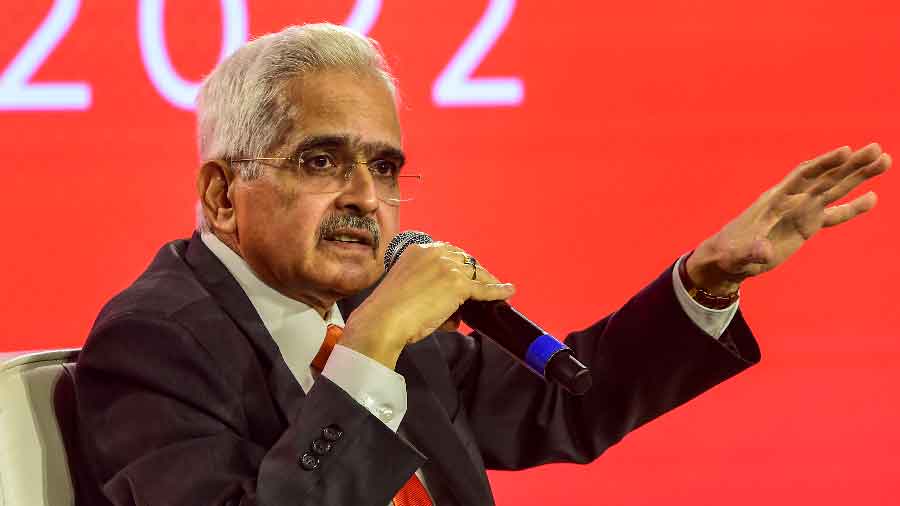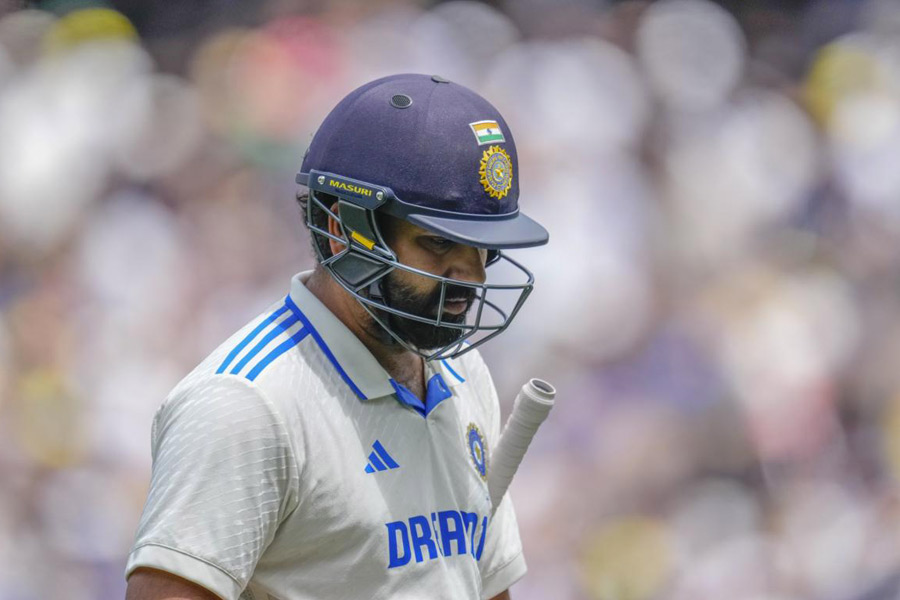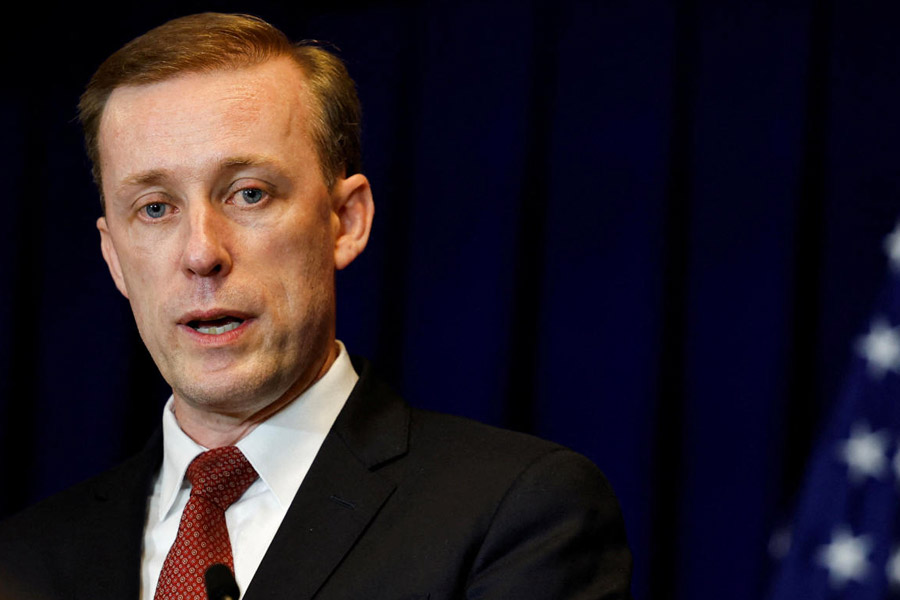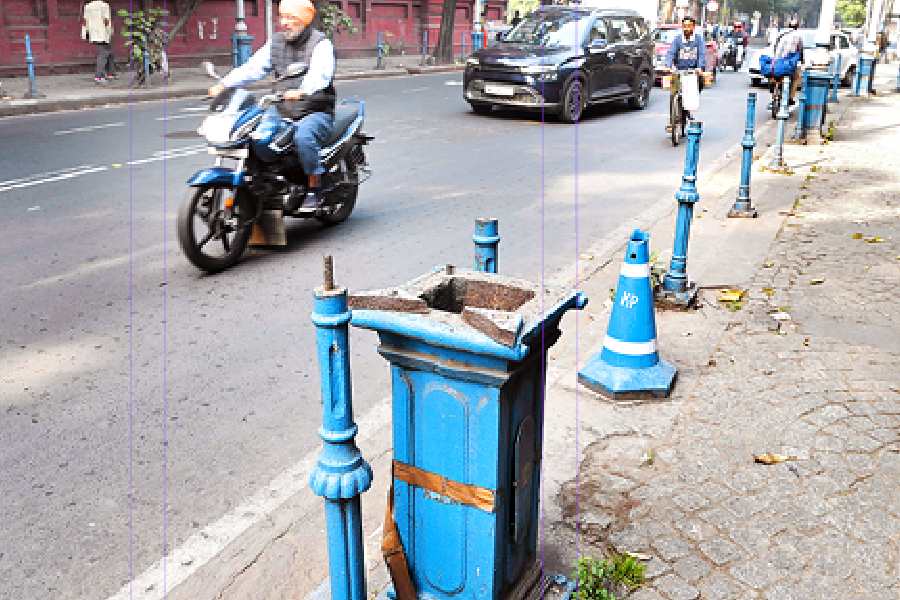Reserve Bank of India (RBI) governor Shaktikanta Das on Friday said the central bank would continue to intervene in the forex markets whenever the rupee turned choppy as it had zero tolerance for high volatility and bumpy movements.
He said the movement of the rupee had been relatively smooth and orderly only because the RBI had adapted a strategy to supply dollars and encourage inflows. The domestic unit has been holding up relatively well compared with currencies of emerging market peers and advanced economies.
Das was delivering the inaugural address at the Bank of Baroda’s annual banking conference here on Friday.
The RBI has been supplying dollars to the market to ensure stability and meet the demand gap. Due to its intervention, the forex reserves have dipped to $572.712 billion — from a peak of over $642 billion last year — for the week ended July 15.
Stating that the RBI has built the forex buffer precisely for such an occasion, he said: “After all, this is the very purpose for which we had accumulated reserves when the capital inflows were strong. And, may I add, you buy an umbrella to use it when it rains!’’
The rupee is holding up well compared to both its advanced and emerging market peers. “This is because our underlying fundamentals are strong, resilient and intact. The recovery is gradually strengthening. The current account deficit is modest. Inflation is stabilising,’’ Das said.

Only a very small portion of the $79bn outstanding ECBs is truly unhedged...PSUs account for $40bn... the govt will absorb that risk. Companies have a natural hedge (via forex earnings) for the re- maining $39bn. There is an optimal hedging ratio that we estimate at 63%
Shaktikanta Das
The high interest rates in the US, along with increased risk aversion, have fuelled safe haven demand for the dollar.
“Inflationary pressures are building up and external funding conditions are becoming tighter,” he added.
“RBI continues to remain watchful of headwinds and will take measures as required.”
Limited hedging
Das added the truly unhedged portion of external commercial borrowings (ECBs) is lower than what is speculated in the market.
He cited the June financial stability report of the RBI which said $79 billion, or 44 percent, of the outstanding ECBsof $180 billion is unhedged. This includes about $40billion in liabilities of public sector companies, which have assets with a natural hedge character. Besides, being public sector entities, their foreign exchange risk — if any — can be absorbed by the government.
Das added that the remaining $39 billion ECB represents 22 percent of the total outstanding and this includes borrowings of those companies which have natural hedge earnings in foreign currencies. Therefore, this would leave a very small portion of the total outstanding ECBsthat are truly unhedged.
The RBI governor admitted that corporate entities face a trade-off during hedge. If they choose this protection, the cost of borrowing goes up. On the other hand, to the extent they do not hedge, debt servicing can go up when the exchange rate is under pressure. He said there was an optimal hedging ratio of 63 per cent.
Meanwhile, the RBI has pushed back the meeting of its monetary policy committee by a day to August 3-5 from August 2-4 because of administrative reasons.










